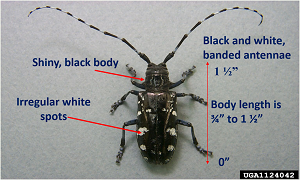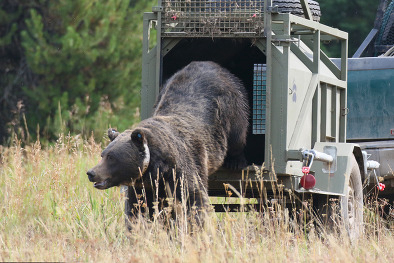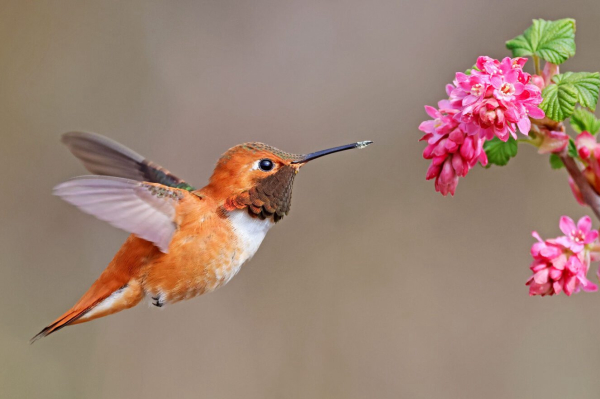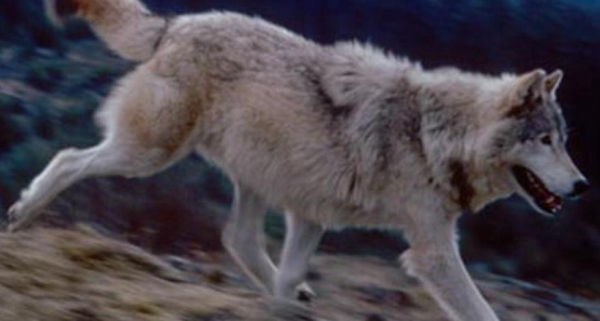Arizona Man Finds Two-Carat Diamond at Arkansas’ Crater of Diamonds State Park


‘Minor Find’ second-largest at park in 2024
There is nothing better than memories made while spending quality time with family. For Will and Marshall Barnett, of Buckeye, AZ, a recent father-and-son trip to Arkansas’ famous Crater of Diamonds State Park resulted in the story of a lifetime and the second-largest diamond registered so far this year.
The Barnetts set out on a “boys’ week” road trip from their home in late July, their main goal to visit family and have fun along the way. After learning about the Crater of Diamonds State Park from his uncle, who worked as a park interpreter at another Arkansas State Park, Will decided to stop by Arkansas’ diamond site to try their luck at finding a genuine diamond.
Will and Marshall arrived at the park on the morning of July 27, buckets and shovels in-hand. After renting screens at the park’s Diamond Discovery Center, the two entered the park’s 37.5-acre diamond search area, a plowed field atop the eroded surface of an ancient, diamond-bearing volcano, to start digging. After filling a few buckets with diamond-bearing soil, they headed to the park’s south wash pavilion to wet sift their dirt.
“Wet sifting is one of the most effective methods to search for diamonds,” said Park Interpreter Ashlyn Keys. “The search area has two wash pavilions, with water troughs and tables, for visitors to wet sift. Using screens to separate dirt from the gravel allows you to go through more material in less time, giving a better chance of finding a diamond.”
While sifting, Will spotted a promising, glimmering gem at the bottom of his screen. He quickly called over his son, saying, “Hey Marshall, you should take a look at this!” Marshall excitedly picked out the large stone before asking an experienced miner nearby if they had just found a diamond. Read more












